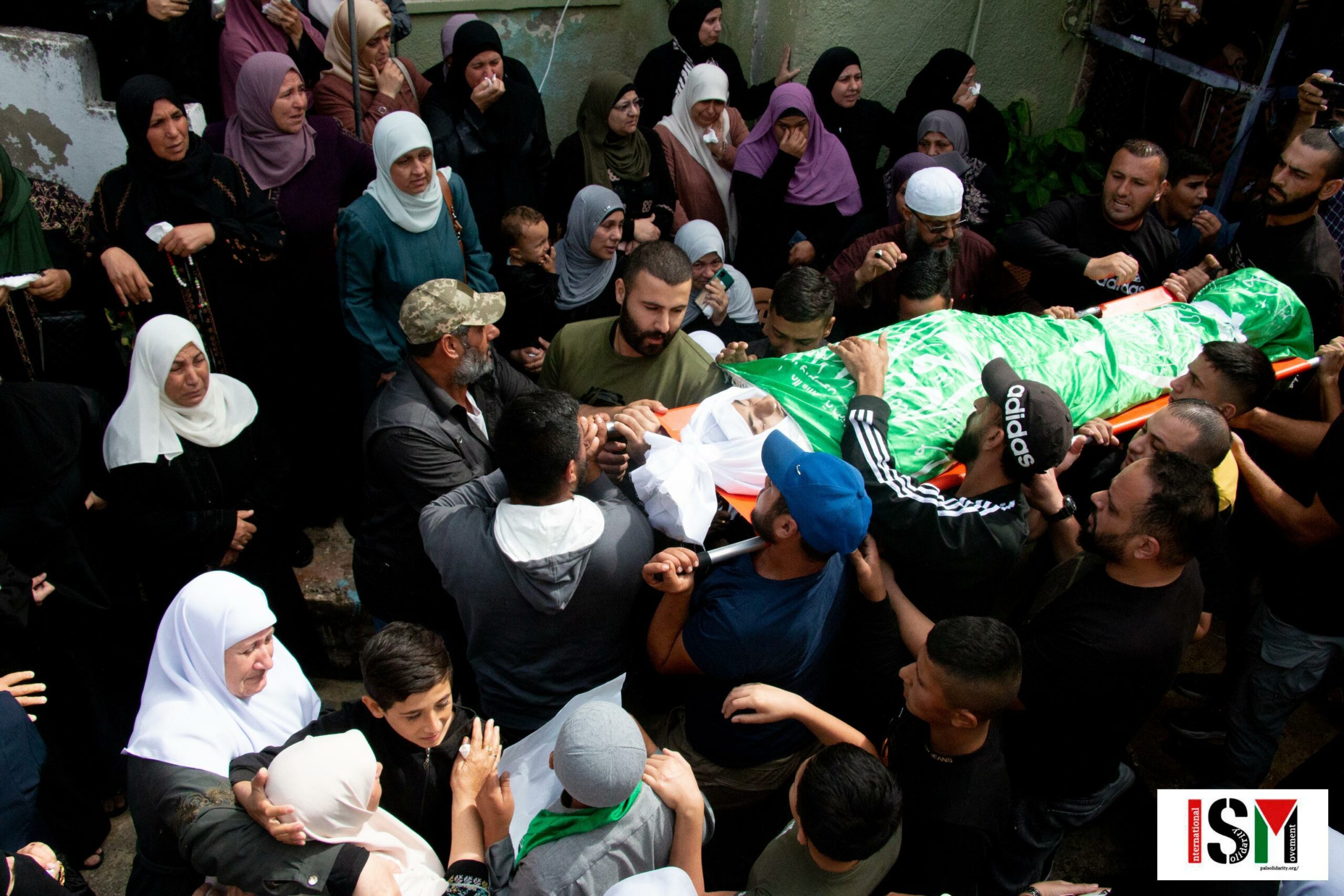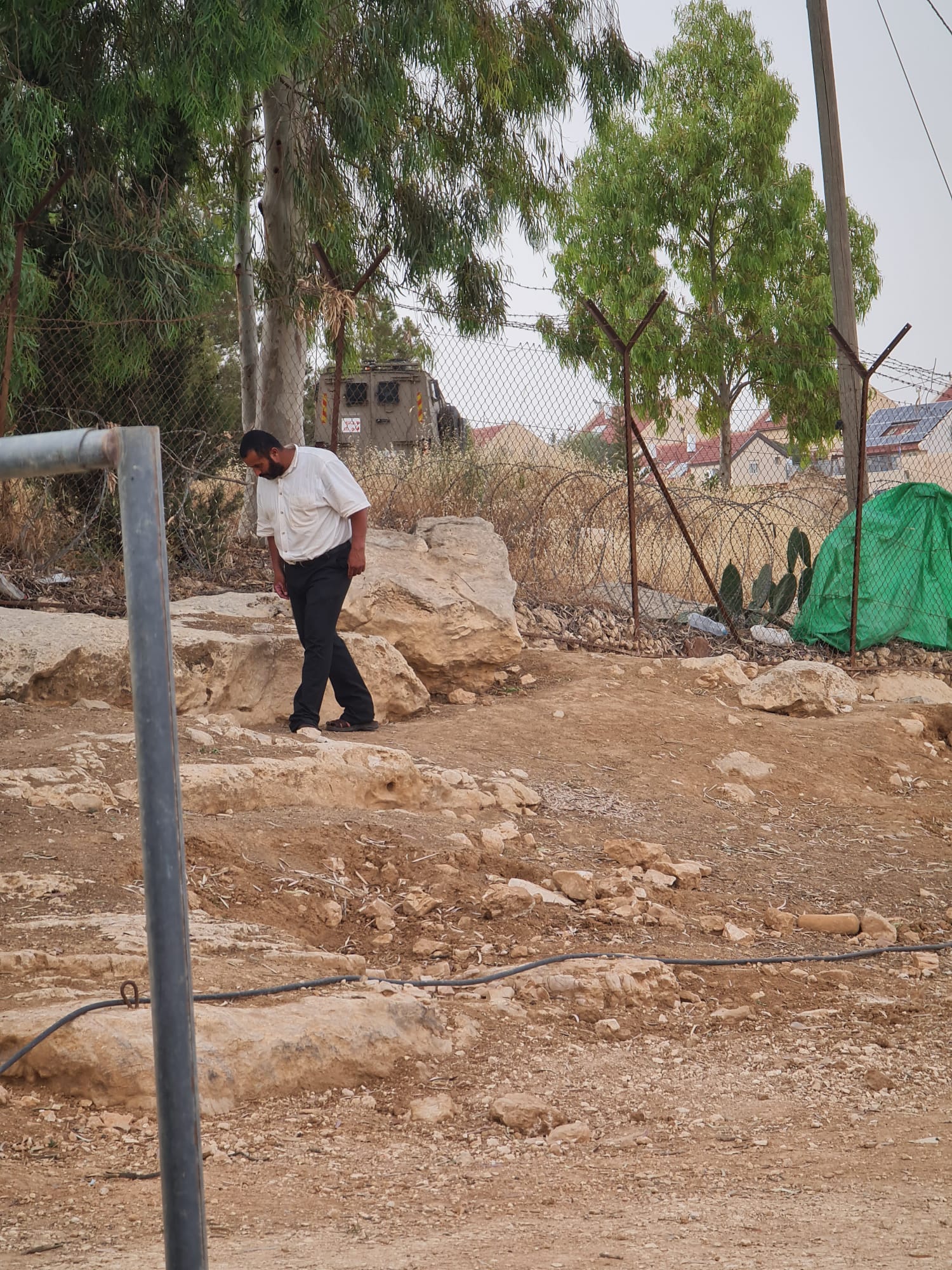Category: Reports
-
UPDATE on Gaza Workers: 900 arrested by Occupation forces in West Bank
We have heard that 900 of the Gazans working in Israel have been arrested over the past two days. Amongst those detained are 30 of the 45 men we saw in Hebron. They were arrested by the Occupation forces on the night of October 16 – 17. Some Gazan workers had been welcomed in a…
-
Childhood is being killed in Palestine
15 October, 2023 | International Solidarity Movement | Tulkarm By Diana Khwaelid The 16-year-old martyr Mohammed Adwan was fatally wounded by a live bullet fired by an Israeli soldier while participating in a demonstration in solidarity with Gaza that took place last Friday, 13th of October, 2023. Mohammed answered the call to participate in a…
-
Revenge attacks in Masafer Yatta
16 October, 2023 | International Solidarity Movement | Masafer Yatta In the week since Israel began its onslaught on Gaza, soldiers and settlers have bulldozed homes, carried out night raids and attacked Palestinians across the Masafer Yatta region. Occupation forces have taken advantage of the state of emergency to escalate their violence and displacement…



